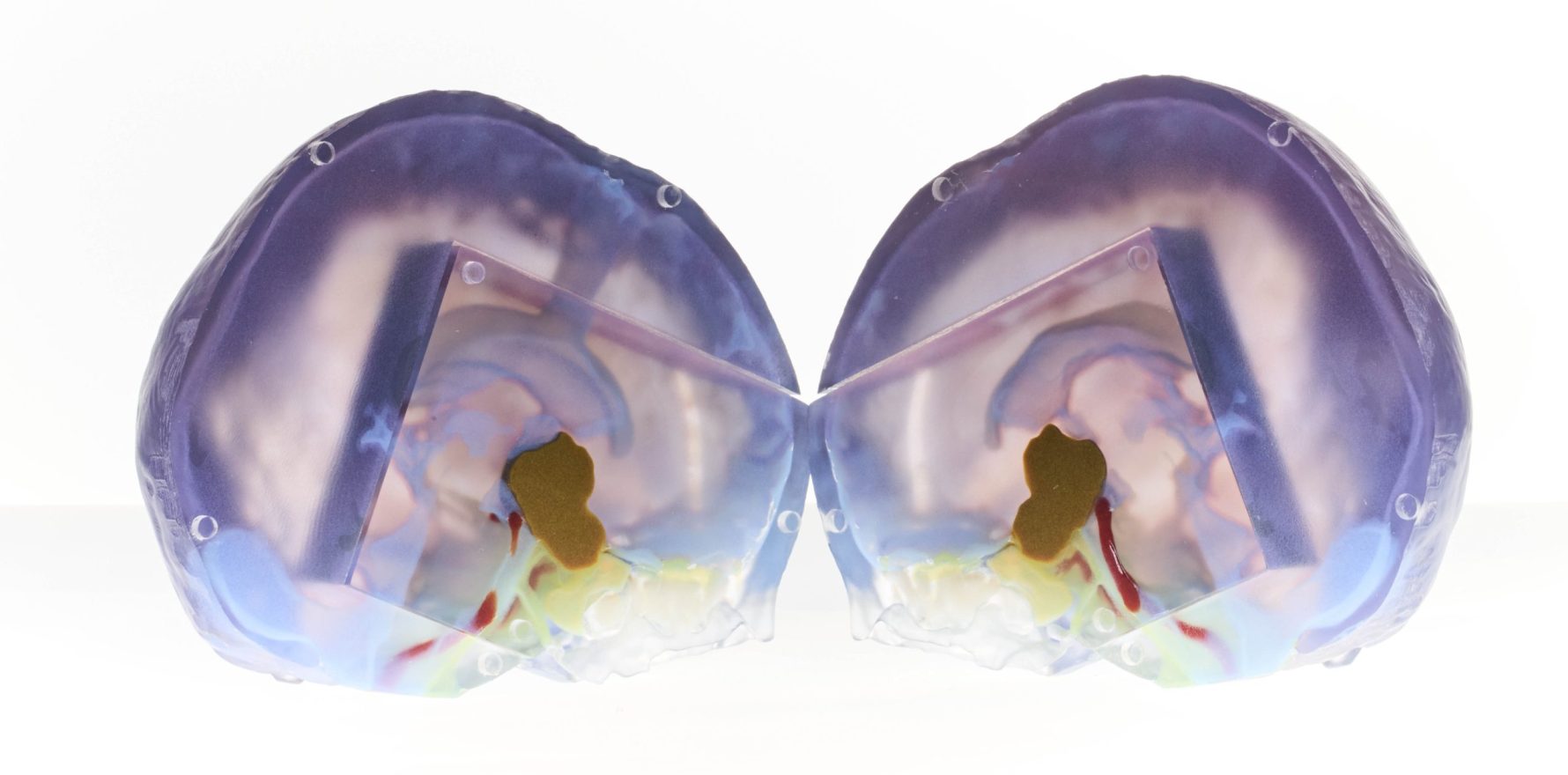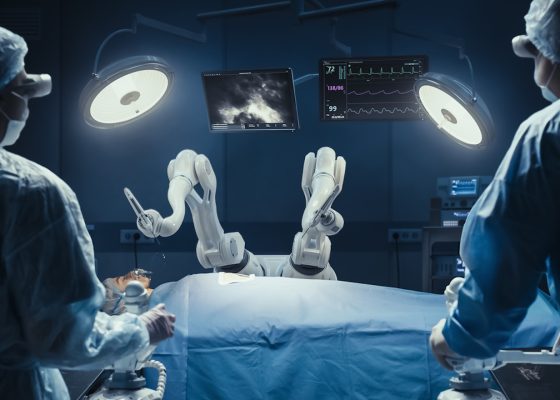A research team at UNSW is finding ways to model exact replicas of patient body parts to give clinicians insight into surgical options.
Biomedical engineers at UNSW Sydney are attempting to develop anatomically accurate 3D printed models which mimic exactly the way body parts feel and move.
Researchers at the Tyree Foundation Institute of Health Engineering recently designed and created a patient-based anatomical 3D model of a young child’s skull which helped surgeons devise and plan a way of successfully removing a life-threatening tumour.
The team also created an exact replica of a specific patient’s trachea to help clinicians determine whether a certain surgical procedure could be performed safely.
Now the team is considering ways to make future 3D prints even more useful for medical professionals by developing different printing materials that recreate the complex way body parts feel and move.
“What we have been doing is making patient-specific 3D printed models so that clinicians can practise specific surgery techniques unique to their patient,” said Dr Keng-Yin Lai, a postdoctoral research fellow at UNSW.
“They are geometrically and anatomically accurate, which is really useful.
“But I think the future in this space is using even more realistic materials during the 3D printing process and therefore understanding how parts of the body are actually going to bend and flex during surgeries.”
Depending on the complexity of the specific request, it takes Dr Lai around eight to 10 days to create the 3D model in the program in consultation with the clinician to ensure it is accurately representing all the key structures in the best and clearest way.
Once everything is approved, the design is sent to the 3D printer which creates the model in approximately 20-30 hours – again this varies from model to model.
The 3D models created so far have been produced using a photosensitive resin which is hardened, or cured, via exposure to ultraviolet light.
But IHealthE researchers are now exploring the possibility of printing with so-called bio-mimicking materials.
“At the moment with these 3D models they are anatomically accurate and that allows the clinicians and the patients to better visually understand the dynamics of certain structures,” says Gabriel Graterol Nisi, Senior Technical Engineer at iHealthE.
“But in the future I can imagine using a mixture of printing materials that can also mimic the precise texture and hardness and flexibility of the tissues or bone structures.
“The bio-mimicking materials can be created, for example, by depositing the resin in complex patterns that recreate porous bone structures, fibrotic tissues and ligaments.
“Using that would allow us the ability to replicate musculoskeletal models that match bone density characteristics and behave like native bone when force is applied, such as discectomy, drilling, reaming or sawing.
“With 3D models using those materials the surgeons would not only be able to plan, but also accurately practise the procedure and really understand the way everything will feel and react.
“That is the next step in future developments and I think it will only enhance even further the possibilities of surgical planning.”
The bespoke, patient-specific 3D printing service, believed to be unique in Australia, has grown out of the recent relocation of IHealthE to the new UNSW Integrated Acute Services Building attached to the Randwick Hospitals Campus as part of the multimillion-dollar Randwick Health and Innovation Precinct project.
Within the new building, UNSW is housing state-of-the-art research, clinical innovation, biomedical and teaching facilities across 10 floors.
The spaces are designed to facilitate partnerships in tech solutions for diagnosis, treatment and prevention of a wide range of conditions, with researchers and clinicians sharing ideas, prototypes and data analyses.
As shown with the success of the patient-based anatomical 3D printed models, such collaborations are already helping to uncover unmet clinical needs and design innovative solutions to improve patient outcomes.



